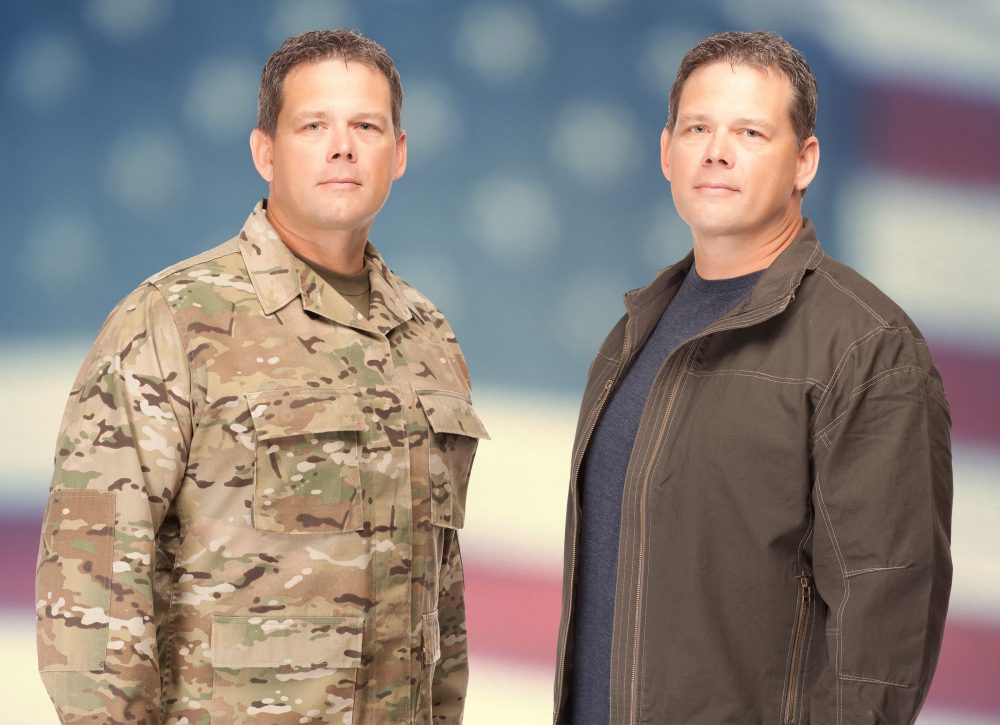It’s a heady mixture . . . excitement, apprehension, anxiety . . . the unknown. Career change can be notorious for manufacturing all of these emotions wholesale, especially if the change involves transitioning from the military workforce to the civilian sector. Even if remaining in the same profession, switching teams may mean switching playbooks—in a manner of speaking.
Unlike civilian careers, military careers are overshadowed by the military’s mission—to protect the security of a country. Consequently, the pyramid of priorities in the military may differ from civilian employment, which can make adapting to a new organizational structure and a new work environment a challenge.
Prepare to Transition Early
To facilitate the transition, it is wise to begin preparing at least one year before the end of your enlistment date (EOD). What this entails is:
- researching and assessing jobs that are of interest to you,
- taking an inventory of your qualifications (i.e. skills, experience, education, etc.), and
- measuring your qualifications against those preferred or desired for the jobs you want.
Maximize Your Military Service
Don’t discount the value of any military training you completed during enlistment, both technical and soft skills. Civilian employers especially value training in leadership, management, conflict resolution, and teamwork, which can be applied to any career field. Research has shown management and leadership training to be the #1 area for corporate spending (Bersin, 2014), thus, employers welcome the cost savings associated with military candidates that come prepared to lead.
Military service also provides benefits in the area of diversity. The military is a melting pot of cultures, religions, ethnicities, and sexual orientations, which teach personnel how to “get along” with others from different backgrounds and with different viewpoints—a trait which is essential in today’s diverse workforce.
Put Your Educational Benefits to Use
The GI Bill provides funding for veterans to further their education. This opens the door for veterans to go to college and earn a degree before reentering the workforce, without having to juggle both work and job. Alternatively, the GI Bill can be used to acquire additional technical training or earn a certification (such as the Certified Manager® certification) to position the veteran for a higher level job.
No doubt there will be some emotion involved as you depart from the military, but by doing some early planning, maximizing your military qualifications, and employing your educational benefits, a veteran can make a successful transition from the military to a civilian career.
Author: Sean Forney


